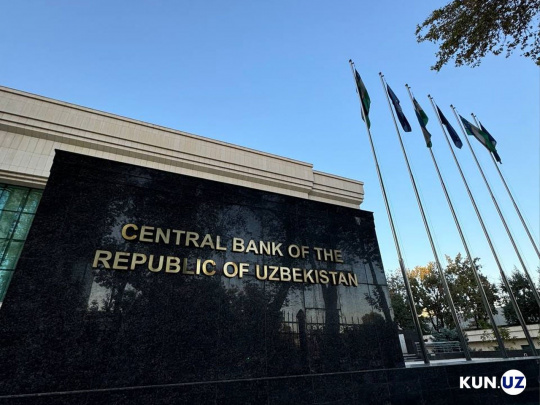Average rate on soum loans increases

The average rate on soum loans has increased in Uzbekistan, according to the Central Bank statistics. In June, it was 24.2%, while in May – 24.1%, and in April – 23.8%.
The average rate on short-term loans (up to 365 days) was 23.3%, for long-term (1 year and more) – 24.5%. The highest interest rate on loans for a period of two to three years is 26.6%. Least of all (for a period of over 10 years) – 18.5%.
During the year, the average rate increased from 20% to 24.2%:
Earlier, experts specifically explained that any bank sets the rate on loans based on the cost of its resources. Here the refinancing rate does not play a key role, because the Central Bank is not a key and even an active player in the interbank lending market.
It was a short time for them during the first months of currency liberalization, when the interbank market was practically at zero. No bank gave loans to other banks. Everyone just took their loans from each other. Now the situation has improved, and the main depositors of banks are legal entities.
It was also noted that the cost of loans is a reflection of the classical principle of supply and demand in the market. Little money with a high demand for loans – loan rates will be high. In order for loan rates to go down, it is necessary that there is more money on the market. And it appears more and faster than the growing demand for loans from bank customers.
There are four main sources for this:
1. Reducing the level of required reserves in the Central Bank (this is an internal source);
2. Attracting external international loans and credits by subjects of economy of Uzbekistan (commercial banks, legal entities, etc.);
3. Entry of foreign banks to the banking market of Uzbekistan with the opening of their branch or subsidiary banks here;
4. Positive balance of payments of Uzbekistan, which is still available with a negative trade. (A positive balance payment is achieved thanks to the inflow of remittances from labor migrants).
Recommended
List of streets and intersections being repaired in Tashkent published
SOCIETY | 19:12 / 16.05.2024
Uzbekistan's flag flies high on Oceania's tallest volcano
SOCIETY | 17:54 / 15.05.2024
New tariffs to be introduced in Tashkent public transport
SOCIETY | 14:55 / 05.05.2023
Onix and Tracker cars withdrawn from sale
BUSINESS | 10:20 / 05.05.2023
Latest news
-
Catering businesses in Uzbekistan demand compensation for power outages
SOCIETY | 19:28 / 14.07.2025
-
Abdulaziz Kamilov takes charge as Presidential Advisor on Foreign Policy
POLITICS | 19:26 / 14.07.2025
-
Sardor Umurzakov appointed Presidential Advisor on Strategic Development
POLITICS | 19:25 / 14.07.2025
-
Former Education Minister Hilola Umarova becomes Deputy Head of Presidential Administration
POLITICS | 19:16 / 14.07.2025
Related News

17:35 / 01.07.2025
Central Bank bans automatic loan deductions from social benefits without citizens’ consent

13:03 / 25.06.2025
World Bank provides $150M loan for Uzbekistan’s small hydropower expansion

12:01 / 23.06.2025
China Eximbank to finance Uzbekistan’s IT and telecom projects with $500M loan

13:42 / 16.06.2025



